Six D’s of Self-Employment.
July 30, 2015
I’d spent almost 4 years planning my move from employment to self-employment. Even with that preparation it was still super-scary stepping off the cliff and (as my dad would put it) quitting a well-paid and secure job in which I’d built a solid reputation.
According to Accenture, in the US almost 2 percent of employees voluntarily quit their jobs each month in pursuit of self-employment. In context, author Melissa Llarena of Career Outcomes Matter cites that nearly 40 percent of men and 25 percent of women want to become their own boss (54% of Millenials, 46% of GenY, 35% of Gen X-ers and 21% of Baby Boomers, by age).
As many do I dreamt about it for years; so here – warts-and-all – are the six things I’ve learnt in my first six months of self-employment:
- Deutschmarks – With a family to support, building up a head of savings with my wife before putting an end to that regular pay-cheque was crucial. Some months are light in income, that’s just a reality, but the cost of living is consistent. Plus it’s taken me more than 6 months to replace the salary and I’m not quite even there yet. I would recommend that you need to be willing to try other approaches to the traditional day-rate. I’ve done commission based fee to help agencies out on pitches and even taken payment in the form of a new laptop (though you can’t pay the mortgage with this alone).
- Discipline – I’ve had to get out of the month by month budgeting mentality and into longer-term planning. We have a detailed excel chart that projects 3 years ahead and we review it each week. If you’re building a business then this “home plan” needs to marry or flex with the business plan too. Finally, I have divided my days… 2 hours for emails, 1 hour for planning and so on. The trick is to keep all the balls in the air. I’ve lost weeks on some tasks by neglecting them. A few minutes each day, saves hours in the following week.
- Dialogue – Talk to everyone. In the early days of my old blog (makeminecount.com) I was fiercely protective of my IP, fearing that someone may steal the idea. I was then lucky enough to meet a prominent Angel Investor in New York. On asking him to sign an NDA before sharing the idea with him he said something that has remained with me “stop worrying about people stealing your ideas and start worrying about them liking your ideas”. I now talk to everyone about everything and find generally one in every two conversations leads to something else positive (and am yet to have anything stolen). Critical to this success is ensuring my digital profile is consistent and up to date. LinkedIN and Twitter are key for me and these provide channels through which to communicate and help to demonstrate where I can add value.
- Doggedness – The phone doesn’t ring off the hook, in fact, no one calls you. You have to swallow the pride, get over yourself and pick up the phone. I have a rule-of-seven (sorry @MikeButcher). For those people I really want to speak with it takes me on average seven attempts to open the dialogue. Of course, this isn’t sending the same thing over and over again and being annoying. As Lester Wunderman taught us you need to say relevant things at relevant times via the relevant channel(s) to the right individual. Again, I use an Excel chart to keep on top of all of this and I factor in time to allow it to happen.
- Dalliance – Get out of the house. I try not to do more than two consecutive days working from home. As wonderful as my home office and ugly dog are, I need to interact with other humans… don’t underestimate the amount you rely on other’s company… especially if you’ve worked in teams your whole career. However, don’t waste time or money. Commuting (for most) soaks up at least 1 hour a day… that’s an hour more you could be billing. I also explored co-working/incubator spaces. Now there is merit and plenty of success stories with these, but you have to balance the expense of them and ensure that they contain like-mindeds for you to bounce off of.
- Diversity – be open to everything. My original vision was to build apps and it was tempting to focus solely on this. However, I’d have run out of money much faster and potentially not got anywhere had I done this. Instead, I’ve done a range of things that can be broken down into 3 work-streams. 1. Consulting – based on my background helping others achieve goals. 2. Writing and Speaking – writing articles and speaking at conferences. And 3. Creating – building Cuplin and getting involved in other digital projects. The key learning for me is that they all feed one another. For example, building Cuplin led me to be invited to speak at Cannes, which in turn led to some consulting work. One of the articles I wrote led to an introduction to an Angel Investor in Silicon Valley, which in turn led to me speaking at Microsoft, and so on.
In whatever you do, I wish you the very best of luck.



